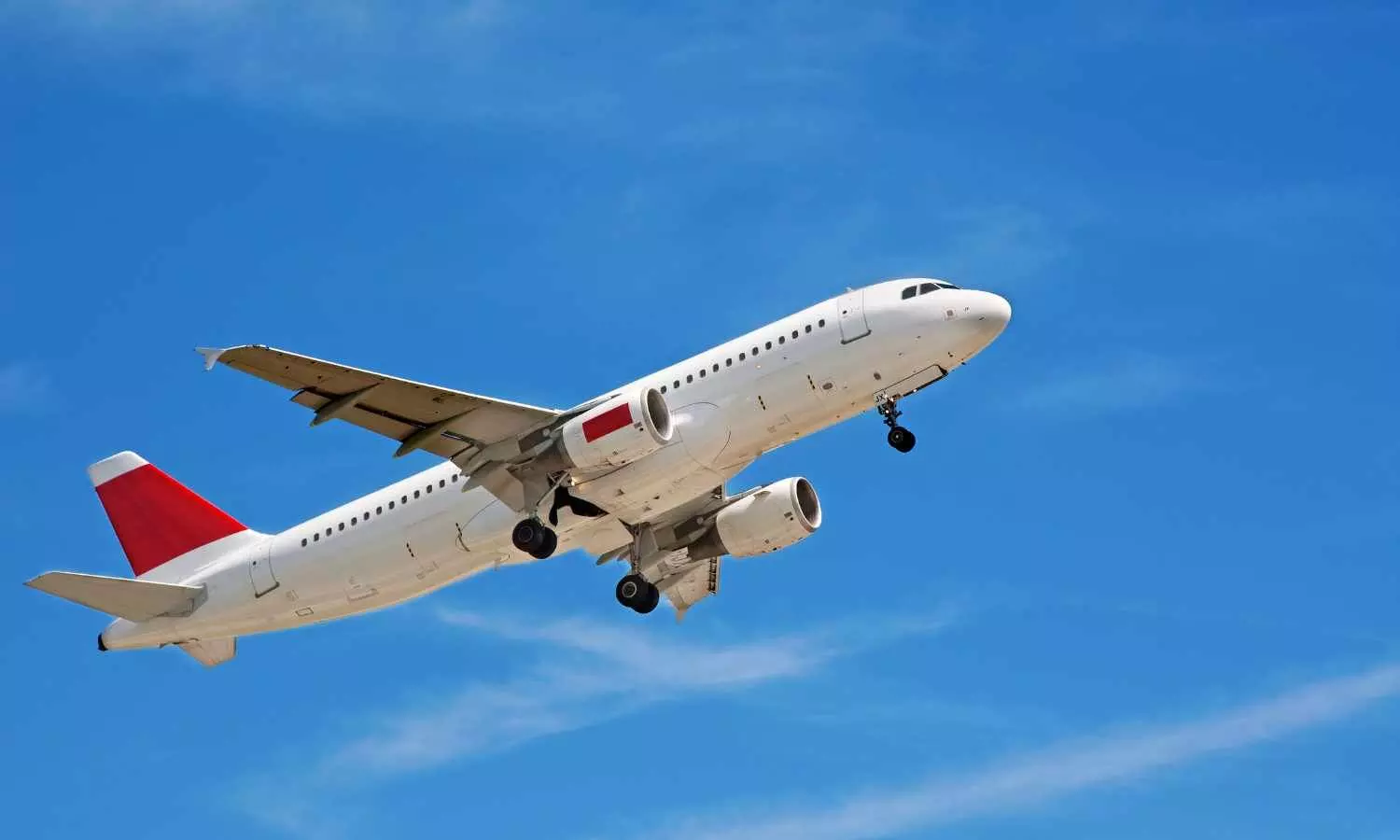Importance of global alliances and airport growth
Global alliances play a vital role in driving airport growth by enhancing connectivity, boosting international trade, increasing passenger traffic, and fostering economic development through strategic partnerships.
Importance of global alliances and airport growth

Airport growth positively impacts airline alliance growth. Increased airport capacity and infrastructure lead to higher flight frequency and improved connectivity, which benefits airline alliances by creating more routes and opportunities for member airlines to collaborate. Additionally, growing airports can foster economic development, attracting more businesses and passengers, further strengthening the business case for alliances.
Airline alliances benefit from lower operational costs. In an alliance, airlines can share resources and important facilities such as transit lounges, terminal space, ground handling services, or maintenance bases. They also may run common marketing programs and use the same IT system.
The aviation industry's net profit margin is also forecast to rise to 3.7% in 2025, from 3.4% the previous year. Total revenues are projected to hit a record high of $979 billion, 1.3% higher than the previous year, but down from the $1 trillion in its last forecast.
Contemporary alliances provide for combined action on the part of two or more independent states and are generally defensive in nature, obligating allies to join forces if one or more of them is attacked by another state or coalition.
Recent comments from the CEOs of oneworld and SkyTeam suggest an increasing focus on customer experience, integration and technology rather than network growth or adding new member airlines.
The major airline alliances appear to have moved to a phase of competing on customer services and product development, rather than the number of destinations they can offer.
Star Alliance, oneworld, and SkyTeam are the world's three major alliances. They bring together nearly 60 airlines, with extensive fleets, hubs, and networks reaching nearly every part of the globe.
The Star Alliance has become the world's largest airline alliance. The Star Alliance has beaten out its two primary rivals, Oneworld and SkyTeam, to both have the largest number of members and affiliates and the largest market share.
Star Alliance, with a member airline in India in the form of Air India, has the highest capacity on international routes out of India. A total of 2.3 lakh seats are on offer each week out of India to destinations outside India, and a staggering 62.2% of the seats on offer are flown by low-cost carriers or carriers that are not affiliated with any of the alliances, like IndiGo. 19.9% of all seats, or 45,994 seats, are flown by Star Alliance carriers, 12 of whom, including Air India, operate to and from India. This is followed by OneWorld, which sees 10 carriers operate to India and offers 26,601 seats per week or 11.5% of the total. The last is SkyTeam with eight carriers and 5.9% of total international seats, or 13,720 weekly seats.
Strategic alliances can diversify revenue streams, grant access to potentially difficult-to-obtain resources, and may improve a company's public image. Strategic alliances may also cause companies to expend resources resolving conflict, fail to yield the hoped-for results, or negatively impact a company's public image.
There are approximately 44,000 airports or airfields recognizable from the air worldwide. This number includes airports, strips, fields, and even heliports. The United States has the most with over 15,000.
Airports are crucial for economic and social development, providing access to remote areas, facilitating global trade and tourism, and enabling rapid response to disasters. They also generate jobs and contribute to local economies.
Major airports can serve as hubs for domestic and international travelers, offering a large and diverse captive audience for targeted marketing campaigns.
According to IATA’s report, India’s 174 million passengers in 2024 accounted for 4.2% of global air traffic. This was significantly less than the United States’ 18% share and China’s 16.7%. However, India’s passenger volume has more than doubled as compared to just over a decade ago. Due to Indian travelers’ aspiration to explore, by late last year, international traffic from India was 20% higher than pre-Covid.
Today, the aviation industry supports 86.5 million jobs globally and contributes $4.1 trillion to global GDP, comprising 3.9% of the world economy. Airports, which facilitate the movement of 9.4 billion passengers annually, are pivotal to global connectivity and economic growth. To finance growing infrastructure needs and address the challenges of the energy transition, innovative ownership and management solutions are crucial.
To meet future demand, global airport capital expenditure (CAPEX) from 2021 to 2040 is forecasted to reach US$2.4 trillion, with US$1.7 trillion allocated to brownfield investments (upgrading existing infrastructure) and US$731 billion for greenfield projects (new airports). This investment is essential for accommodating passenger growth, preventing capacity constraints, and achieving sustainability goals such as Net Zero carbon emissions by 2050.

